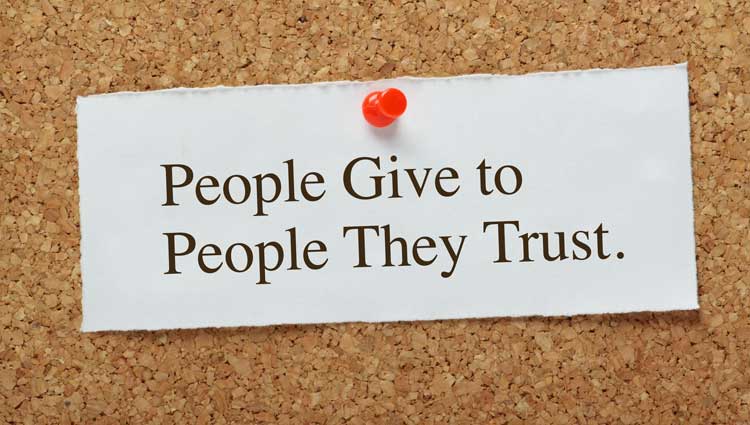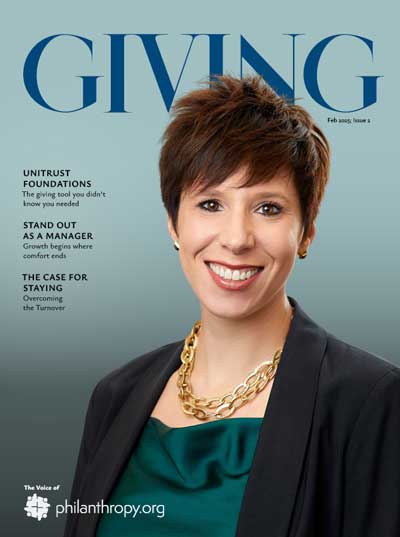Sometimes a board member or nonprofit will ask us, “Why planned giving? People are giving us annual gifts and we don’t want to impact that source of revenue.”
Nonprofits certainly love and appreciate annual gifts. But as planned gifts are often waved aside, it is important to remember that they offer the donor a number of unique benefits — not the least of which is the satisfaction of knowing they’re making a profound difference that will help future generations.
Unfortunately, only 1% of all nonprofits “get this.”
To explain planned giving, let’s start with a definition: Planned giving is any major gift, made during a lifetime or at death, as part of a donor’s overall financial and estate planning.
These include gifts of stock, life insurance, retirement plans, real estate, personal property, or cash. Most planned gifts provide the donor or their heirs with substantial tax benefits. Some even pay the donor or their selected beneficiaries for life!
A Strategic Gift
But planned giving is much more than that. Planned, or legacy giving, empowers donors to leave a lasting legacy, deepen their relationship with their favorite nonprofits, and strategically navigate their financial and estate planning to avoid tax pitfalls while providing for their loved ones.
And by incorporating charitable giving into their overall financial strategy, donors can align their philanthropic goals with their broader financial objectives, such as estate planning and wealth transfer. Planned giving can even become a family legacy, in which a donor advised fund (DAF) or named endowment is established, and then managed by subsequent generations.
Philanthropy for the Rest of Us
But you don’t need to be wealthy to support your favorite cause with a transformative planned gift! A planned gift will not affect your lifestyle or cash flow. You can make a gift from a retirement account and avoid tax on distributions; donate personal property, such as art, vehicles, or collectibles; make a gift of real estate — even the house you live in, with a promise that you can remain there for the rest of your life!
Planned giving opens up a wide range of gift options beyond cash, giving a charity’s supporters even more tools to make a significant difference, shape their legacy, and plan for the future.
A Nonprofit’s Lifeline
At the same time, planned giving provides nonprofits with a lifeline of support, ensuring their long-term sustainability and amplifying their impact for generations to come. It creates a lifeboat for times when the financial waters are rough and annual donations are down.
And perhaps most of all, a planned giving program is a sign of legitimacy that puts a charitable organization’s supporters at ease and adds a layer of trust: It demonstrates that their favorite nonprofit is serious about its mission and has a plan for the future. In short, it’s a sign that says, “We won’t squander your gift.”
That in itself makes a mighty statement.
A Partnership in Hope
So, why planned giving? Because planned giving is donors and nonprofits working together to forge enduring alliances that transcend time, leave an indelible mark on the world, shape legacies, and provide hope for the future.
It’s a way to connect passionate supporters with the missions and causes they hold dear.
And it’s a partnership between donors and charitable organizations as they work toward a better future, one gift at a time.
If you’re ready to move the needle to help this world, act big. Believe it or not, it’s not that hard.
Oh, one more thing. Study after study, what we discovered in 1999, plus Dr. Russell James’ recent research shows that when someone makes a planned gift, their annual gifts go up. What’s your excuse now?
Do your donors a favor. Talk about planned giving.



